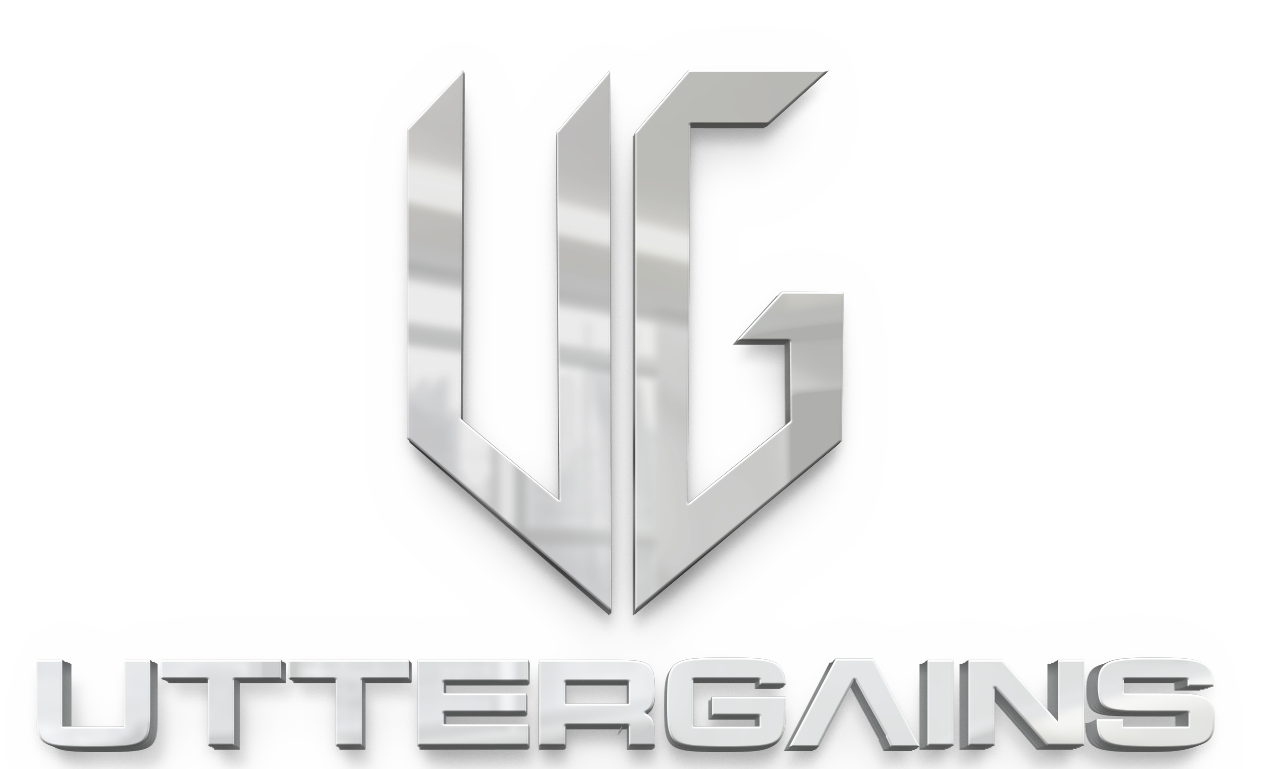Planks for Beginners: Form, Body Tension, and Advanced Tips

Planks for Beginner
Today, I’m addressing a common question: Are planks an overrated exercise? In my opinion, they’re not—provided you use correct form, engage in total body tension, and incorporate advanced plank variations as your fitness improves. Planks for beginners are a fantastic way to build foundational strength and stability. Let’s dive into the details.
PROPER FORM FOR PLANKS
The effectiveness of planks for beginners hinges on using proper form. The American Council on Exercise (ACE) emphasizes that correct form not only maximizes the exercise’s benefits but also minimizes the risk of injury. Proper form can be broken down into three key areas:
1. Shoulder Blades
Whether you’re performing a forearm plank or a straight-arm plank, preventing shoulder blade retraction is crucial. Retracting your shoulder blades causes your torso to sag, which is not ideal. Instead, press hard into the floor, which protracts your shoulder blades, moving them apart and away from the spine. Aim for either neutral or protracted scapula. According to Harvard Health Publishing, maintaining shoulder stability during planks is essential for building core strength without compromising your posture. If you want to dive deeper into shoulder blade mechanics during planks, check out this article.
2. Hips
Avoid letting gravity win by ensuring your hips don’t sag. Engage the muscles around your core to neutralize the pelvis. Contract your abdominals and glutes to keep your pelvis aligned with the rest of your body. This alignment is essential for maintaining a strong and effective plank position. Studies from the National Academy of Sports Medicine (NASM) highlight that proper hip alignment during core exercises like planks prevents undue stress on the lower back, making it crucial for beginners.
3. Legs
Although this cue is invisible, tensing your legs is essential. Engaging your leg muscles contributes to overall stability and strength in the plank position. This full-body engagement makes planks for beginners an excellent introduction to bodyweight exercises. A study from the Journal of Strength and Conditioning Research notes that leg engagement during core exercises like planks enhances muscle activation throughout the entire body.
TOTAL BODY TENSION
A significant benefit of planks for beginners is the concept of total body tension. This involves contracting muscles in your upper body, core, and lower body, making it easier to hold your body against gravity. Total body tension is foundational for advancing in bodyweight fitness, particularly for exercises like handstands and pushups. Planks are an excellent beginner exercise to introduce this concept, making your body feel lighter and more controlled.
Why Total Body Tension Matters
Total body tension ensures that all muscle groups are working together, creating a more stable and strong position. This not only improves your plank performance but also prepares your body for more advanced movements. For beginners, understanding and applying total body tension can significantly enhance their fitness journey.
How to Achieve Total Body Tension
To achieve total body tension, start by contracting your core muscles. Then, engage your glutes and legs, creating a solid foundation. Finally, press into the floor with your arms, ensuring your shoulder blades are protracted. This full-body engagement will help you maintain a stable and effective plank position.
ADVANCED PLANK VARIATIONS
Once you can hold a plank for over a minute, consider incorporating advanced variations instead of merely increasing endurance. These variations challenge different muscle groups and improve overall strength and stability.
Extended Plank
In an extended plank, walk your hands out in front of your head while holding the plank. This increases the emphasis on your core, making it a more challenging variation. For beginners, this can be a great way to progress as you build more strength and stability.
Wall Plank
Perform a straight-arm or forearm plank with your feet up on a wall behind you. This significantly intensifies the exercise, engaging more muscles for stability. The wall plank is an excellent variation for those looking to take their plank training to the next level.
One-Legged Plank
Lift one leg off the ground while holding a plank. This variation challenges your balance and engages your core even more. For beginners, start by lifting each leg for a few seconds and gradually increase the duration as you become more comfortable.
Side Plank
The side plank targets the oblique muscles and improves overall core strength. Start by lying on your side and lifting your body off the ground, supporting yourself with one arm. Keep your body in a straight line from head to heels. This variation is great for beginners to work on lateral stability.
Plank with Shoulder Taps
In this variation, hold a plank position and alternately tap your shoulders with the opposite hand. This movement challenges your balance and coordination, making it a great progression for beginners.
BENEFITS OF PLANKS FOR BEGINNERS
Planks for beginners offer numerous benefits beyond just building core strength. They are versatile, equipment-free exercises that can be done anywhere, making them accessible for everyone.
Improved Posture
Regularly practicing planks can improve your posture by strengthening the muscles around your spine. This helps in maintaining an upright position and reducing the risk of back pain. According to the Cleveland Clinic, improving core strength through exercises like planks is key for alleviating back pain and improving posture.
Enhanced Core Stability
A strong core is essential for overall stability and balance. Planks target multiple muscle groups in the core, providing a solid foundation for all physical activities.
Injury Prevention
By strengthening the core and stabilizing muscles, planks help prevent injuries, particularly in the lower back. This is crucial for beginners who are just starting their fitness journey. The American College of Sports Medicine (ACSM) suggests that exercises like planks are effective for building a resilient core, which reduces the risk of lower back injuries.
Convenience and Accessibility
Planks require no equipment and can be done anywhere, making them a convenient exercise for beginners. Whether you’re at home, in the gym, or traveling, you can always fit in a quick plank session.
SUMMARY
Planks are not overrated if you use proper form, engage total body tension, and progress to advanced variations. They are fantastic exercises that can be done anywhere without any equipment. Remember to focus on form, engage your entire body, and challenge yourself with new variations as you get stronger. For beginners, planks are a great introduction to bodyweight exercises, providing a strong foundation for future fitness goals. For a well-rounded beginner workout, consider integrating planks into a comprehensive calisthenics workout plan.
Key Takeaways:
- Focus on Form: Proper form is crucial for maximizing the benefits of planks and preventing injury.
- Engage Total Body Tension: Contract all muscle groups to create a stable and strong plank position.
- Incorporate Advanced Variations: Challenge yourself with different plank variations to continue progressing.
By understanding and applying these principles, you can make the most out of your planks for beginners and achieve significant progress in your fitness journey. Whether you’re aiming for improved strength, stability, or overall fitness, planks are a valuable addition to your workout routine. Stay consistent, be patient, and enjoy the benefits of this versatile exercise.



